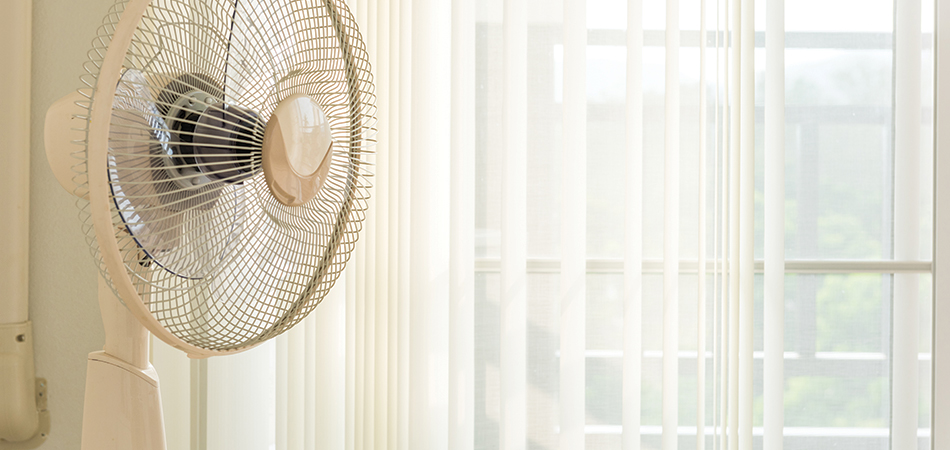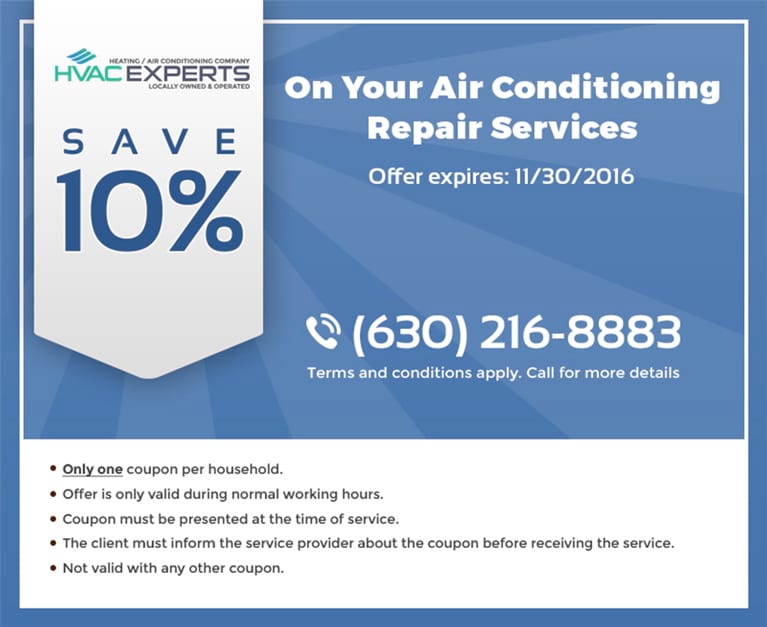Signs of Poor Indoor Air Quality and How to Improve It

Many people are concerned about environmental pollution. That is usually in regard to carbon dioxide emission, industrial chemicals released into the air or natural water sources, burning fossil fuels and other factors that contribute to polluting the nature. However, more and more people are realising that the dangers are not only outdoors, but in our homes, too.
Indoor air quality is becoming a subject of many studies, and their results say that poor indoor quality causes and adds to serious health problems, including asthma, allergies and other respiratory system related issues. This indicates that you should take a look at your indoor environment and evaluate how you really feel when you’re at home.
Common signs that you have poor indoor quality:
- Aggravated asthma or allergies
- Constant coughing, sneezing
- Headaches, fatigue
- Dry or watery eyes
- Increased amount of dust
- Unpleasant odors - sometimes without any apparent reason
- High humidity
- Mold growth
- Inconsistent airflow
If you notice these signs, we would strongly suggest that you consider improving the air that you and your household breath everyday. We usually recommend contacting an expert for indoor air quality testing services to learn what air pollutants are present in your home and get advice on how best to remove them. There are also some preventional measures you can take to ensure that the air you breathe indoors is healthy.
What can you do to improve your indoor air quality?
As HVAC experts, we know some DIY methods that can help you ensure that there are as little allergens and bacteria in your home as possible.
Ensure consistent airflow
Indoor air quality 101 is making sure your ventilation system is working properly. When the airflow in your home is consistent, it ensures sufficient flow of fresh, clean air into your living areas, making it easy to breathe.
Look out for areas or rooms in your home where the temperature always seems to be higher or lower than the rest of your home. Also, check for any areas where the air is very humid or much too dry. If you notice these problems - change your air filter and monitor if there are any changes. If there aren’t, consult your HVAC contractor for system improvements.
Install a high quality air filter - and change it regularly
High quality air filters capture dust, pollen and other air pollutants that fly around your home. Electrostatic air filters capture both small particles and larger debris, while high-efficiency HEPA filters remove 99.97% of particles, equal or larger than 0.3 micrometers, and are recommended for households with infants and elderly. So, choose a filter that works best in your environment and change it at least half a year to ensure your indoor air is clean and fresh.
Use natural cleaning products
Many chemical based house cleaning products are highly efficient, but contain volatile organic compounds that compromise you indoor air quality. So instead choose natural cleaning products. Clean the dust with a damp cloth. Get a HEPA filter for your vacuum cleaner and vacuum your furniture, carpets and drapes once a week. And make sure dust doesn’t accumulate in your living areas.
Indoor Air Quality Testing Services
Poor indoor air quality can negatively affect your health without you even knowing it. It can aggravate asthma or allergy, cause headaches and other unpleasant conditions. Don’t just treat the symptoms - remove the cause from your home entirely.
Call HVAC Experts at (630) 216-8883 for indoor air quality testing services and start breathing healthy today!












 Chicago, IL
Chicago, IL



